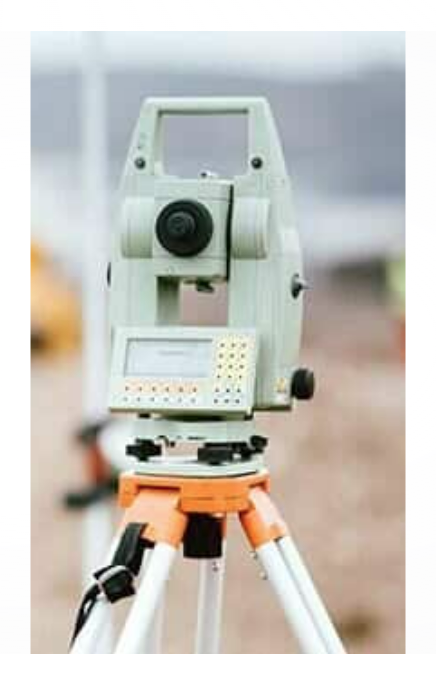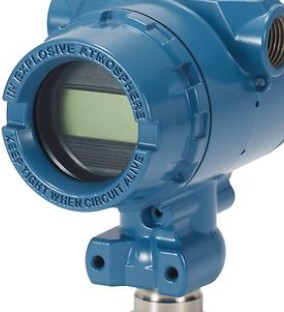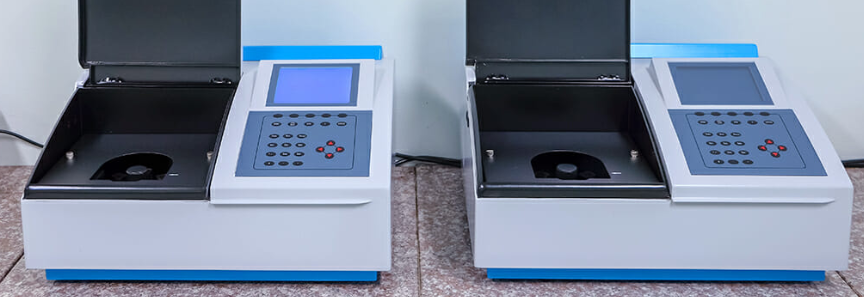
Fiber Optics Calibration and Repair Services UAE
• Eurocaltech provides comprehensive fibre optic, light, and electronic calibration services.
• They offer a one-stop shop service for data and telecommunications, RF, electrical, solar, pressure, and mechanical calibrations.
• They offer test equipment for sale and hire, with calibration before shipment.
• In-house calibrations, countrywide collections, a team of experienced repair technicians, knowledgeable customer support, subcontract management, and ISO9001 accreditation.
• Services include power meters, sensors, light sources, fixed and variable attenuators, optical time domain reflectometers, optical time domain converters, optical spectrum analyzers, chromatic dispersion analyzers, PMD analyzers, fiber amplifiers, optical fibre length, optical switch units, fiber inspection microscopes, optical fibre fusion splicers, back reflection / return loss meters, wavelength meters, tunable laser sources, thermopile, and optical filters.
• They also offer ODN and OSP capabilities, outside plant cable management, drop terminators, and cable and fiber management.
• They provide fiber theory, cable management, OTDR testing, splicing, OTDR use in FTTx installations, OTDR signatures, measuring reflectance, testing splitters, optical loss testing, upstream/downstream testing, troubleshooting, and FTTx documentation.




